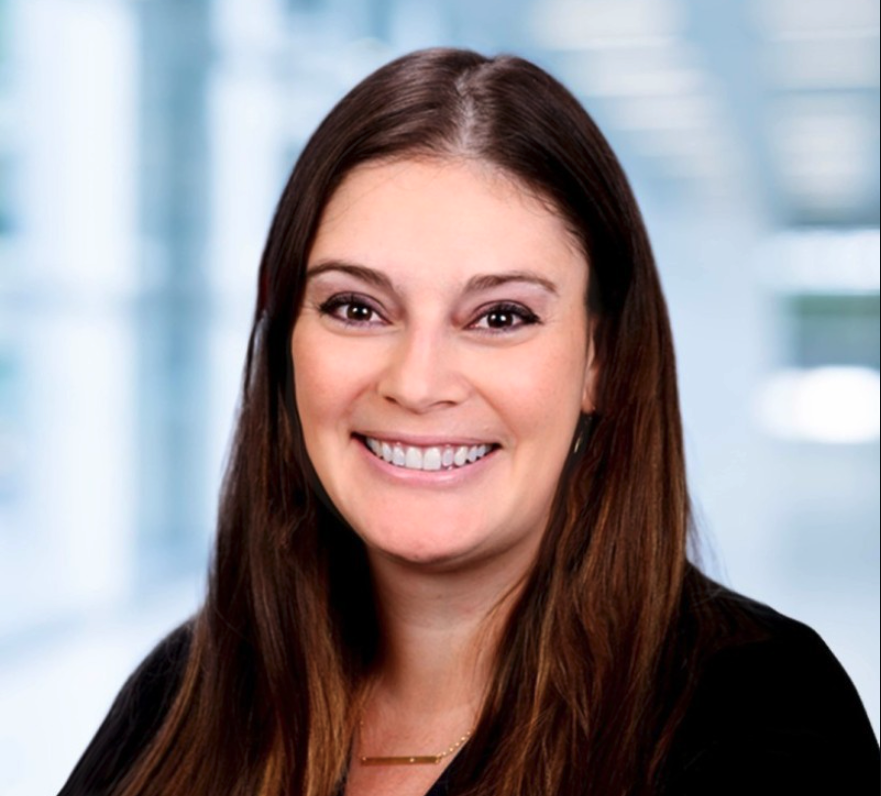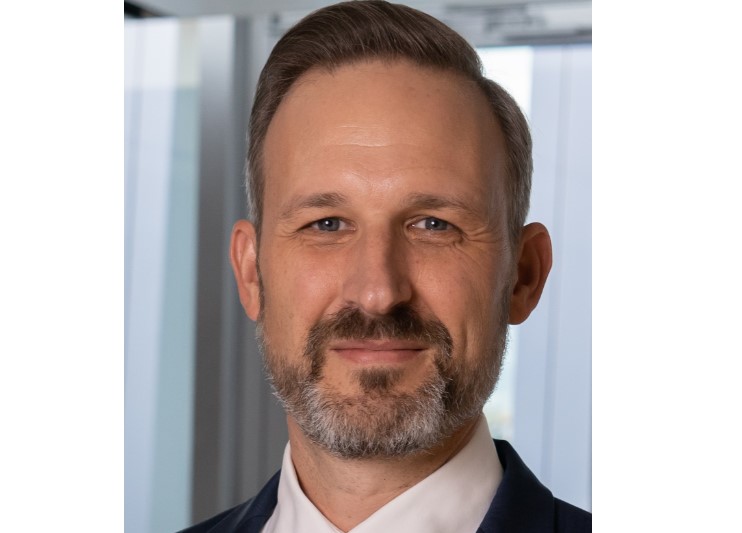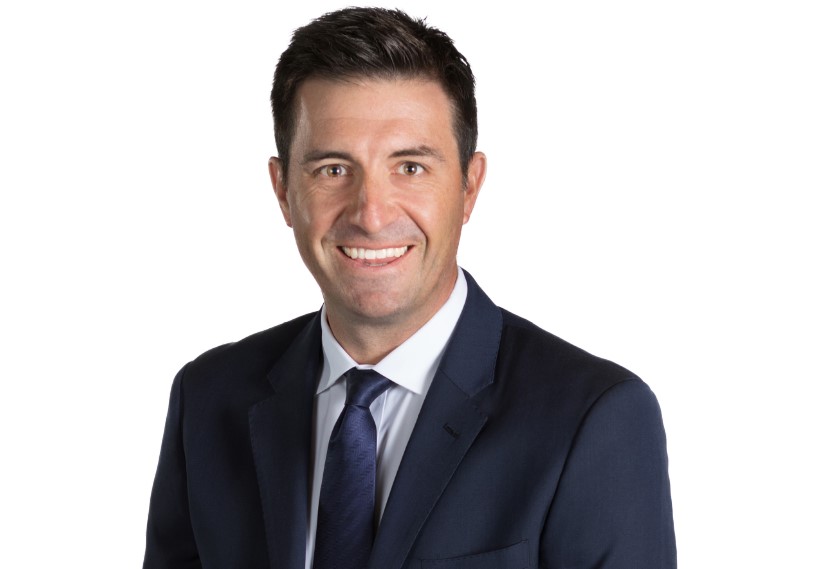Global Dividends Show Signs of Revival as Economic Growth Accelerates
| For Beatriz Zúñiga | 0 Comentarios

There are clear signs of a forthcoming revival in global dividends following the first quarter of 2021, according to the latest Janus Henderson Global Dividend Index. Compared against pre-pandemic Q1 2020 levels, payouts were only 2.9% lower year-on-year at 275.8 billion dollars.
The study shows that on an underlying basis, dividends were just 1.7% lower than the same period last year, “a far more modest decline” than in any of the preceding three quarters, all of which saw double-digit falls. Janus Henderson’s index of dividends ended the quarter at 171.3, its lowest level since 2017, but the asset manager believes that growth is now likely.
In this sense, for the full year 2021, the stronger first quarter along with a better outlook for the rest of the year have enabled Janus Henderson to upgrade its expectations for global dividends. The new central-case forecast is 1.36 trillion dollars, up 8.4% year-on-year on a headline basis, equivalent to an underlying rise of 7.3%. This compares to January’s best-case forecast of 1.32 trillion.
The analysis highlights that over the four pandemic quarters to date, companies cut dividends worth 247 billion dollars, equivalent to a 14% year-on-year reduction, wiping out almost four years’ worth of growth. Even so this was a milder fall than after the global financial crisis and the sector patterns were consistent with a conventional, if severe, recession.
“The successful vaccine rollout in the US and the UK in particular is enabling society and the economies here to begin to normalise to some extent and offers encouragement for other countries following closely behind with their own inoculation programmes. Even so with infection rates still out of control in Brazil and India, and the third wave in Europe still curtailing economic and social activity while the vaccines are administered, there is still a lot of uncertainty for company profits and, in turn, dividends”, said Jane Shoemake, Client Portfolio Manager on the Global Equity Income Team at Janus Henderson.
On top of this, there remain political sensitivities around shareholder payments, while the timing and extent of the removal of regulatory restrictions on banking dividends, especially in Europe and the UK is still unclear. The asset manager also expects share buybacks to return as a use for surplus cash and this too will influence how much is returned via dividends (especially in the US). All these factors are adding a layer of unpredictability to dividend payments.
“Despite this uncertainty, we are more optimistic given that Q1 was undoubtedly better than expected and we are now more confident that companies are willing and able to pay dividends, especially those companies that have traded well”, Shoemake added. In her view, there is certainly much less downside risk to payouts this year than previously anticipated, though the timing and magnitude of individual company payouts is going to be unusually uneven and this will add volatility to the quarterly figures.
“Special dividends will play a role too. Since late last year we have been adding to areas of the market that will benefit as economies reopen and where there is increased confidence in a business’s ability to generate cashflow and pay a dividend. As we move into the second quarter, the year-on-year comparisons will look very positive because it was the worst period for dividend cuts last year”, she concluded.
The first quarter: dividend recovery mixed across markets
Globally, just one company in five (18%) cut its dividend year-on-year in the first quarter, well below the one third (34%) over the last year overall. North America has seen dividends fall far less than other parts of the world: payouts of 139.3 billion dollars were 8.1% lower year-on-year on a headline basis, though the decline was due almost entirely to unusually large US special dividends last year not being repeated. On an underlying basis, the 0.3% fall in North American dividends was better than the global average of -1.7%.
The analysis points out that the first quarter is “usually relatively quiet” for European dividends, but this year there are positive signs ahead of the seasonally important second quarter. Payouts in Europe (ex-UK) rose year-on-year, up 10.8% on a headline basis to 42.5 billion dollars, boosted by catch-up payments from Scandinavian banks. Equally Switzerland made a disproportionate contribution in Q1 and companies there have also proven resilient. One third of European companies that usually pay in the first quarter cut their dividends year-on-year, but this compares to just over half in the previous three quarters.
In the UK, the first quarter saw lower dividends than a year ago, down 26.7% on an underlying basis as the country continued to feel the effects of the oil company cuts. However, less than half of British companies in the Janus Henderson index cut dividends in Q1, much better than over the last year. There are also signs of a revival with the headline total for UK dividends rising 8.1% in Q1 thanks to a number of extra payouts and special dividends.
Lastly, dividends from Asia-Pacific ex-Japan were 6% lower on an underlying basis, with the 16.9% fall in Hong Kong making a significant impact. This meant the asset manager’s index of Asia-Pacific’s dividends fell to 190.6. In general, emerging markets were boosted by dividend restorations in Brazil, India and Malaysia.













 In the past 12 years that the CKDs have been in place there have been 121 funds, while in the three years since the creation of CERPIs there are already 51. The explosive growth in the issuance of CERPIs with respect to the CKDs is due to the fact that they have primarily focused on fund of funds (43) while the others have been more sectorial focused as can be seen in the table.
In the past 12 years that the CKDs have been in place there have been 121 funds, while in the three years since the creation of CERPIs there are already 51. The explosive growth in the issuance of CERPIs with respect to the CKDs is due to the fact that they have primarily focused on fund of funds (43) while the others have been more sectorial focused as can be seen in the table.